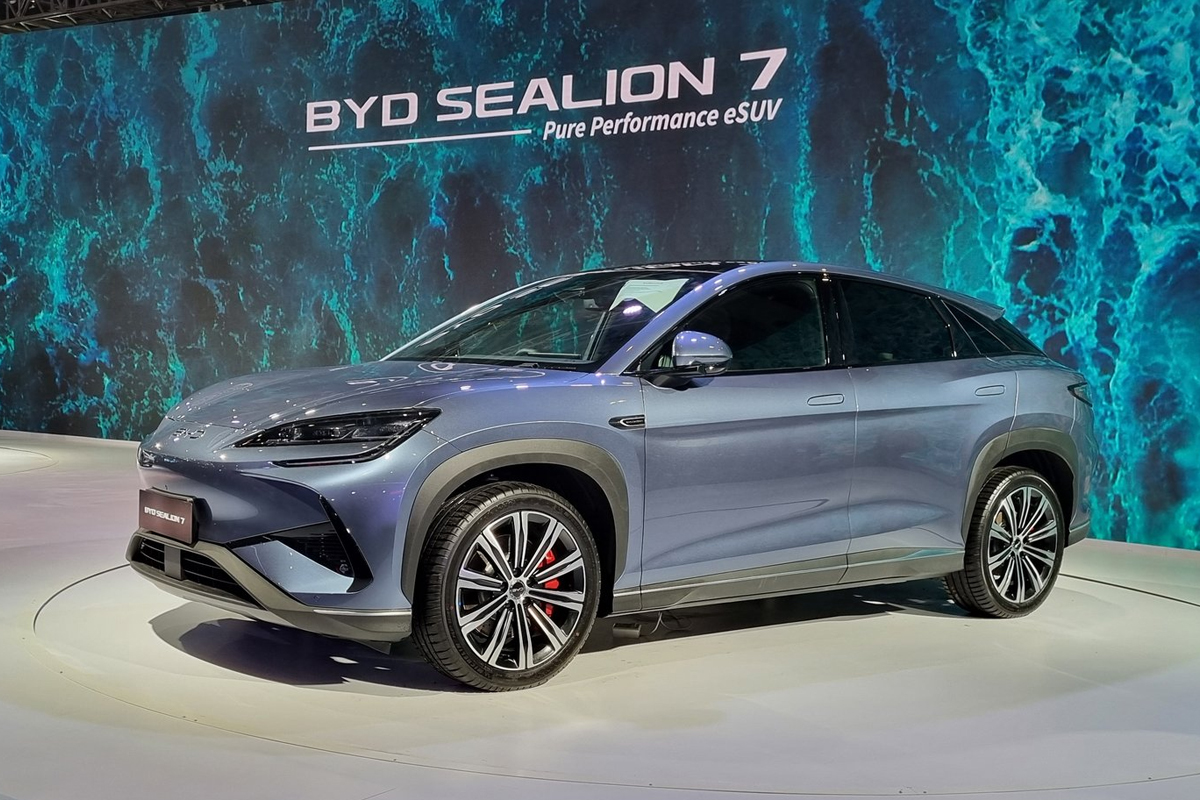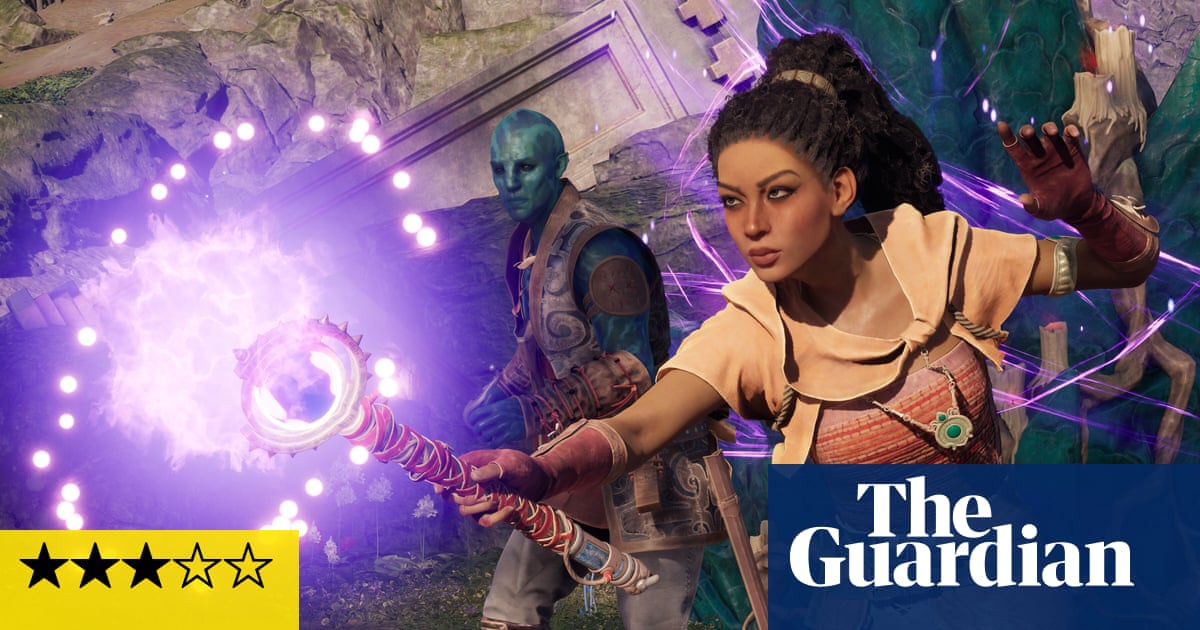Electric SUVs with hefty price tags are everywhere, but BYD is looking to break the mould with its Sealion 7, set to launch this year.
The Chinese automaker, which claims to be on the brink of surpassing Toyota in sales, is now setting its sights on the SUV market. The mid-size, five-seater Sealion 7 is designed to rival the Tesla Model Y, currently the world’s best-selling electric vehicle.
Undercutting the Competition
At the Sealion 7’s unveiling in Adelaide on 12th February, BYD hinted that its price in Australian dealerships would come in slightly below the Model Y’s starting price of approximately £48,838 ($61,000).
BYD has announced that the Sealion 7’s base models will start at £43633.53 ($54,499) before on-road costs for the Premium RWD version and £51232.31 ($63,990) before on-road costs for the Performance AWD model.
BYD proudly launched our high-performance electric and hybrid vehicles in Estonia on February 7th, further expanding our presence in Europe.
Leading the lineup is the BYD SEALION 7, our flagship SUV, which combines cutting-edge technology with electrifying performance for… pic.twitter.com/aoOCiUfSro
— BYD Global (@BYDGlobal) February 10, 2025
That price point could make the Sealion 7 very appealing—and give it an edge over new offerings from Zeekr, Xpeng, Smart, and other brands. It will also aim to sway buyers away from conventional mid-size SUVs such as the Toyota RAV4, Mazda CX-5, Honda CR-V, Hyundai Tucson, and Kia Sportage.
Lacks The Tesla Model Y’s Space
Although it will be priced similarly to the currently available BYD Sealion 6, starting around £43234.02 ($54,000), a major distinction exists: the 6 is a plug-in hybrid (PHEV), whereas the 7 is a fully electric vehicle.
This will create an intriguing dynamic in dealerships, pitting those who value the ease of use and lower operating costs of an EV against those who need the extended range of a PHEV. Inside, the Sealion 7 boasts a sleek, contemporary cabin.
In Australia 🇦🇺 which has no tariffs on Chinese EVs, BYD Sealion 7 is priced $20,000 (Australian) less than Tesla Model Y “Juniper” “long range”. The Sealion features cooled seats in the back too, plus a power sunshade for the panoramic sunroof and lots of goodies $TSLA lacks. pic.twitter.com/HA702eUyGO
— Facts Chaser 🌎 🤦🏻♂️ (@Factschaser) February 12, 2025
The cabin features quilted and perforated simulated leather, while satin accents and stitching on the console and dash enhance the feel of the premium materials. A panoramic sunroof fills the cabin with light, and rear-seat passengers enjoy ample head and legroom.
The floating centre console conceals a convenient storage compartment and USB ports (a cooled wireless phone charger also sits ahead of the short gear selector). The trunk may not be as large as the Model Y’s, but there’s extra storage in the front trunk.
Design And Practicality
The 60/40 split-folding rear seats allow for more cargo space. The cabin itself feels roomy, though. Front occupants have plenty of seat adjustments, an airy feel, and lots of storage. A digital instrument cluster and a larger central infotainment screen are included, with the latter capable of rotating 90 degrees between portrait and landscape orientations.
Like all BYD vehicles, it features over-the-air software updates and smartphone key functionality. The rear seats offer a surprising amount of space. Taller individuals will appreciate the generous headroom, and legroom is excellent, allowing adults to ride comfortably. The Sealion 7 is also expected to have equipment levels similar to those of the Sealion 6.
Imagine heated, ventilated, and power-adjustable front seats, an available head-up display, and a massive 15.6-inch central infotainment screen with Apple CarPlay and Android Auto. BYD says the Sealion 7 boasts a Dynaudio sound system with a subwoofer in the trunk, promising rich, immersive audio.
Challenging The Tesla Model 3
Underneath, the Sealion 7 shares its platform and electrical system with the Seal mid-size sedan, which has proven to be the Tesla Model 3’s toughest competition. This translates to a single-motor, rear-wheel-drive configuration or a dual-motor, all-wheel-drive setup.
The single-motor versions offer either 170kW or 230kW of power, while the dual-motor version boasts a substantial 390kW. The latter uses a more robust battery to draw its juices. News.com.au recently had the opportunity to test drive a single-motor variant and briefly experience the dual-motor version during a trip to BYD facilities in China.
The test drive was confined to a large, open skid pad with cones, so it wasn’t exactly representative of how Australians will use a mid-size SUV. However, it was enough to discover that the Sealion 7 delivers the smooth driving experience of an EV and has plenty of readily available power.
Driving Impressions
Even the single-motor version accelerates smoothly and should offer ample power for city driving. The dual-motor model delivers even more impressive off-the-line acceleration. The steering is light and doesn’t offer much feedback, but it’s precise and responsive.
The car was equipped with Michelin tyres that offered excellent grip, though the test track surface wasn’t typical of the roads many encountered daily. However, the underlying engineering is solid. If BYD continues its local suspension and engineering development, the Sealion 7 will be a strong competitor among top mid-size SUVs.
Perhaps the most crucial factor for the Sealion 7 will be its market positioning upon its arrival in 2025. The roughly £44034.65 ($55,000) SUV segment—encompassing electric, hybrid, and gasoline-powered vehicles—is becoming increasingly competitive, and pricing will remain a key differentiator.







